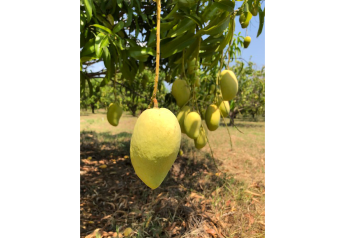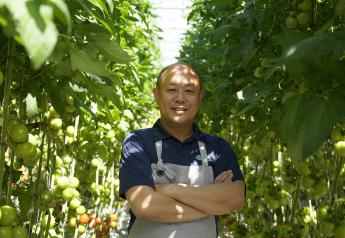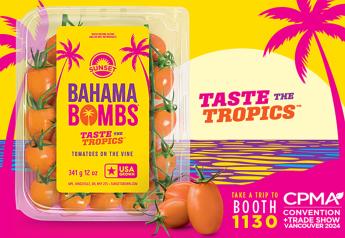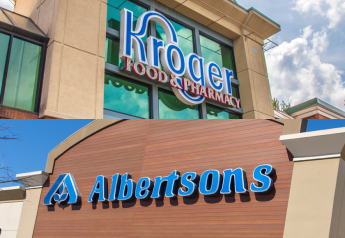Watching your produce waste-line
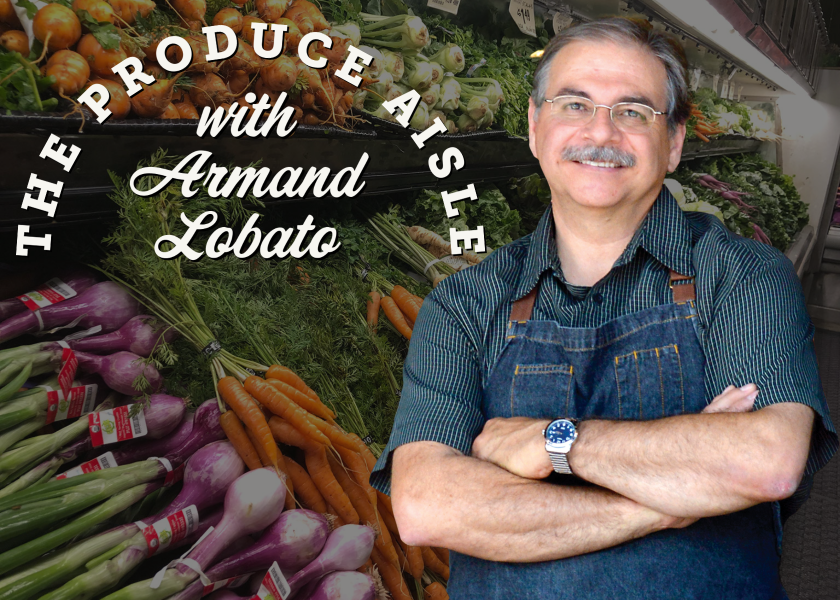
Waste not, want not.
This familiar saying has been around many years. According to Grammarist.com, the expression came into use in the 1700s, though an earlier version had been in use since the 1570s: willful waste makes woeful want.
However, it seems that every generation that comes along seems to think they, in fact, came upon the revelation for the first time and that we (as a society) doth, err, waste food far too woefully. No one disputes that waste exists. Some even believe that that they have discovered the cause of it all. Keep swinging.
Food waste is a topic not unlike the weather. Everyone talks about it, but that’s about the extent of our control. With a combination of the heat, the abundance of extra-sensitive items and the inexperienced fill-in help, August is the highest shrink month for produce departments.
I attended a chef training event recently. Like many in this thought string, a speaker at the event freely shelled out figures about food waste. The one that stuck out to me: “Americans waste 38% of food.”
I pulled the speaker aside later and asked, “I’ve worked in the fresh produce and other food business all my life. That figure seems a little high. You don’t mean 38% waste at every level, do you?” I mentioned in retail produce, shrink can be as high as 10% with trim and other waste, many times the figure is far lower.
“Yes, I do!” she said, quite determined to defend her stats. “Thirty-eight percent. It’s a fact!”

I’m sure the speaker relied on a range of sources. But like all sources, some are more dependable than others. One thing was certain in our discussion was that she had never worked in a grocery store, never worked in a warehouse, on a loading dock or in coolers, and never ordered or handled deliveries.
I mentioned these, and that I had. In fact, I questioned the 38% and referred to the foodservice operation where I was a quality control inspector. Of the multitudes of semi-loads of fresh produce received over the course of a week, our “dumps” (unsaleable product) came to an average of about a half-pallet per week.
Even in a week where it was one-and-a-half pallets, the dump percentage was low — low single digits.
Of course, there were times when I witnessed far bigger waste examples: produce that had arrived and needed to be rejected, or at least re-sorted, and product that was misrotated, mishandled, damaged, or neglected.
I was at the Los Angeles terminal market one morning and saw dumpers overflowing with yellowing acorn squash; I thought, “That couldn’t go to a food bank?” Heartrending. Waste happens, sometimes in awfully high amounts, and all of it is certainly preventable.
But for the most part, it’s not 38%. No way. No one would remain in business if losses were that high.
It’s a touchy subject, and one that people in and out of the food business will dispute. My question, or challenge I should say, is this: What can produce retailers do to help minimize food waste?
Related: More produce insight from Armand Lobato
My own perspective, being in the industry and being the primary grocery shopper in our household, is this: Most produce goes bad at home. Too much of it goes to waste before we use it, before we even remember it is still in the bottom crisper drawer, decaying away.
What produce people can do to help in this noble cause is to focus on ordering produce so that you receive only what is necessary until your next delivery arrives. Tight ordering means frequent inventory “turns,” which translates into fewer opportunities for misrotation and greater chances the produce will go from warehouse to truck to shelf to consumers’ homes faster.
The end result? Fresher produce means longer shelf life at the consumer’s home.
Always strive to give the benefit of added shelf life to the consumer by minimizing the time that fresh produce travels and is stored or stocked. When the customer opens that produce refrigerator door days later, then maybe the product will still be fresh — and still be enjoyed.
No matter what the use-by date says.
Armand Lobato works for the Idaho Potato Commission. His 40 years of experience in the produce business span a range of foodservice and retail positions.


